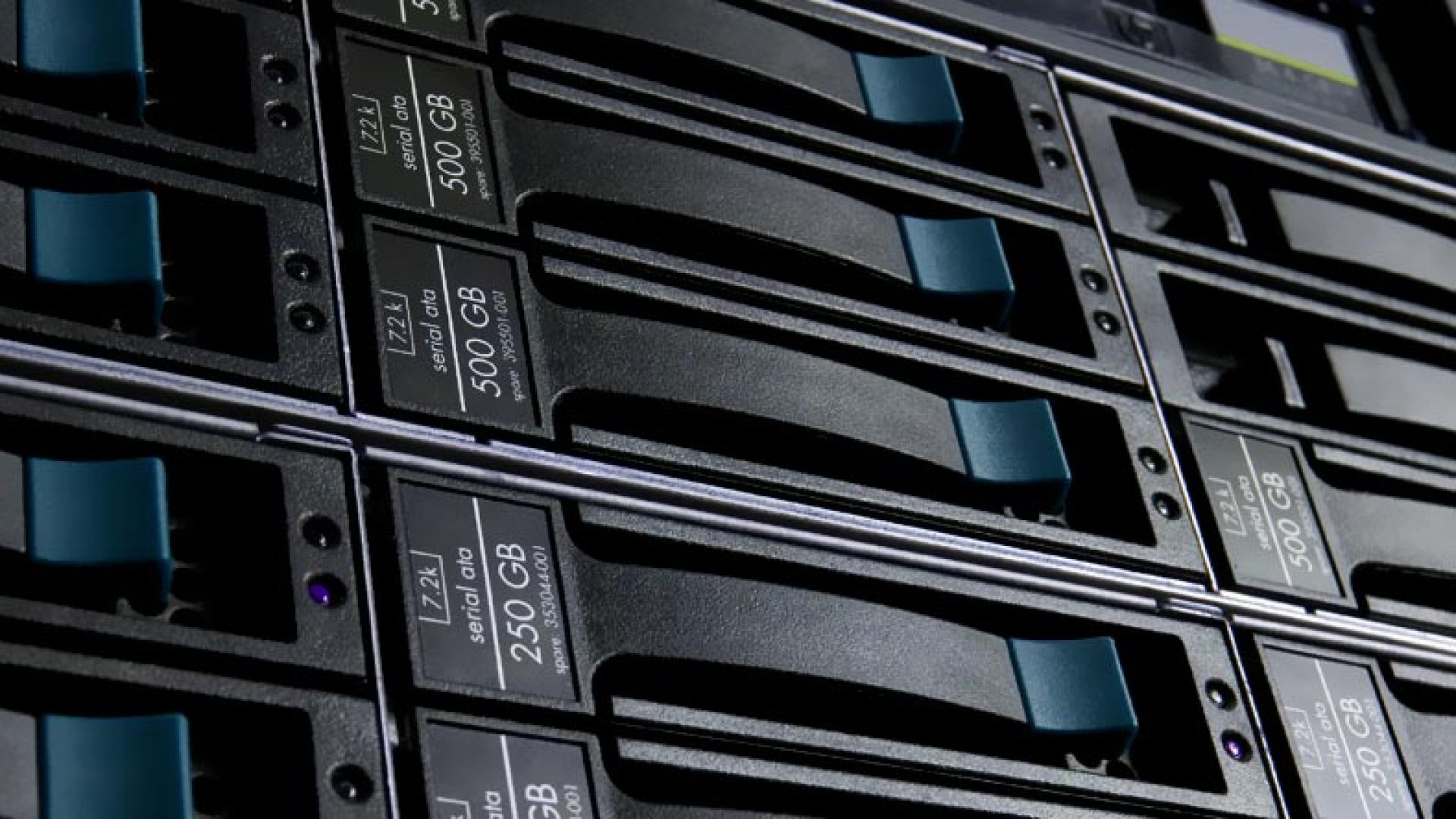The console is a physical port on a Cisco device that allows us to connect to the device using a directly connected cable from your PC. It is the easiest and most reliable method of connecting to a Cisco device as it does not require configuration on the device and is enabled by default. It is also not subject to routing issues which might prevent us from connecting it, like telnet or SSH.
In order to connect your computer to a Cisco device using the console port, you need a Console cable, also known as a roll-over-cable. The pins on the cable are totally reversed (rolled over), so pin 1 on side A goes to pin 8 on side B, pin 2 goes to pin 7, 3 – 6, 4 – 5, 5 – 4, 6 – 3, 7 – 2, 8 – 1. Both ends of the cable use RJ-45 connectors, one of which will be plugged into the Cisco device’s Console port, the other end into your computer, however you will require an adapter for your computer which are easy to get and come in many forms. RJ-45 to RS-232 (COM Port), RJ-45 to USB etc. (You can also by console cables that have a RJ-45 connector on side A and a RS-232 connector on side B, no adapter is therefore required)
Even though the console connection is enabled by default and does not require any configuration, there are a few things that we would like to configure on the port, like a password. To configure the console connection we need to be in global config mode and issue the ‘line console 0’ command. Since there is only ever one console port on a device, and since the numbering always starts with ‘0’, the command will always be ‘line console 0’
In the first live demo below, we see the following commands be configured for the console port.
1/ ‘exec-timeout 0 0’ – This command sets how long the console connection can be open and idle before it auto logs out. The two values are for ‘hours’ and ‘minutes’ in my example I have set 0 hours, and 0 minutes, which disables the auto logout feature.
2/’logging synchronous’ -This prevents your text from been interrupted by system messages. The second live demo below demonstrates this. I was typing “interruption of text” and you will notice that when the system message appears on the screen while I’m typing, my text gets added to the end of the system message. The third live demo below, shows what happens when logging synchronous is enabled… no interruption.
3/’password aoip’ – This sets the password of the console port to ‘aoip’
4/ ‘ login‘ – Enforces password checking on the console port. When you now connect to the Cisco Device via the Console port, you will be prompted for the password, in this case ‘aoip’



